Around the world, zoos are a common feature of large cities. Thousands of people visit to see animals which are found only in distant parts of the world. Some people enjoy zoos and believe they are educational and play an important role in the conservation effort. Others oppose keeping animals in captivity and find zoos exploitative and unethical.
Ever since Europeans first encountered the amazing fauna in Asia and the New World, zoos were founded across the continent to show off what had been discovered. However, it wasn’t just animals being displayed in these zoos. Well into the 20th century, many zoos included forced exhibitions of captured people from around the world.
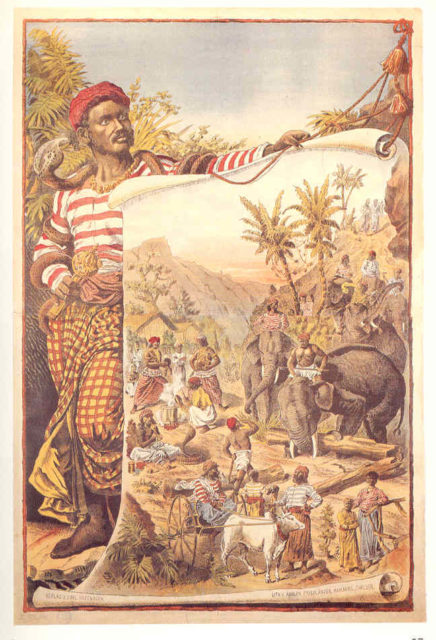
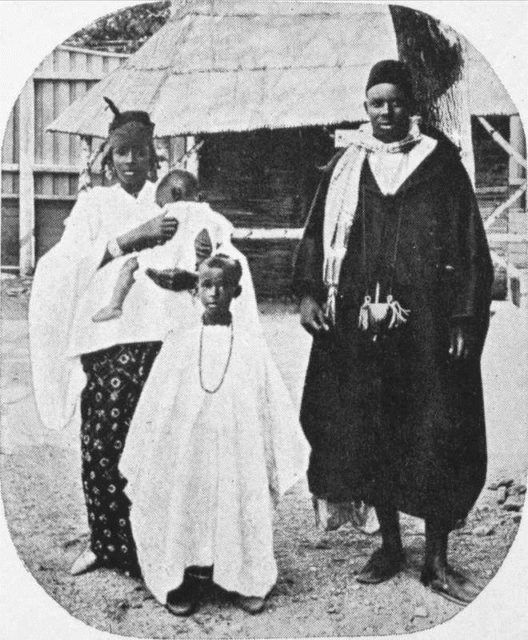
In one of the earliest examples of a zoo in the Americas, Aztec leader Montezuma exhibited not only animals but also people suffering from dwarfism and hunchbacks in addition to albinos. When Columbus left the Americas in 1493, he took several Native American people with him to display at the court of Ferdinand and Isabella in Spain.
In the 1600s, Cardinal Hippolytus Medici of the Italian Medici family dynasty had an extensive collection of animals alongside native people from Sub-Saharan and Northern Africa, India, Tartars from the Crimean Peninsula, and displayed a group of people he called “Barbarians” who spoke multiple languages.
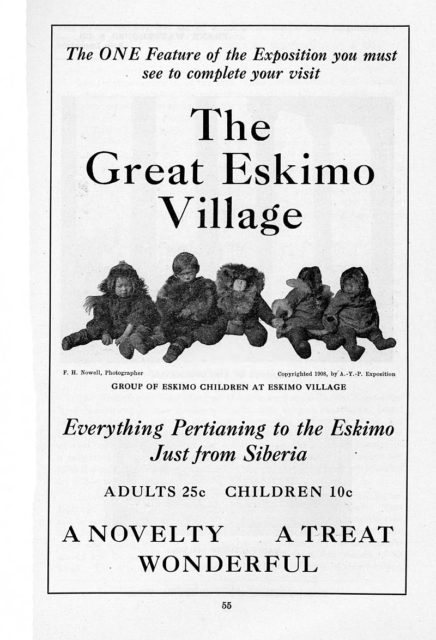
P.T. Barnum, the founder of the Barnum and Bailey Circus and self-described showman, commonly displayed human curiosities such as Charles Stratton, better known as General Tom Thumb, who stood only 3 feet tall. When Stratton married Lavinia Warren in 1863, the wedding was highly publicized. They met President Abraham Lincoln and went on a Grand Tour of Europe. Barnum also purchased an African slave woman named Joice Heth for $1,000 from a Mr. R.W. Lindsay in 1835 and put her on display as a 161-year-old former nanny to George Washington.
When questioned about her actual age, Barnum claimed she was not a human being but an automaton. Heth’s death a year later revealed through autopsy findings that she was no more than eighty years old.
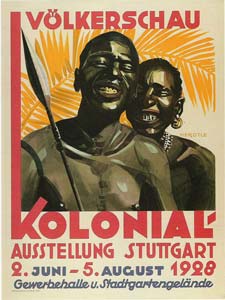
Barnum also exhibited Siamese born conjoined twins Chang and Eng Bunker for over five years. The Bunker twins have become notable throughout history due to their large number of descendants, including Pulitzer Prize-winning composer Caroline Shaw; Alex Sink, former Chief Financial Officer of Florida and United States; and Air Force Major General Caleb V. Haynes.
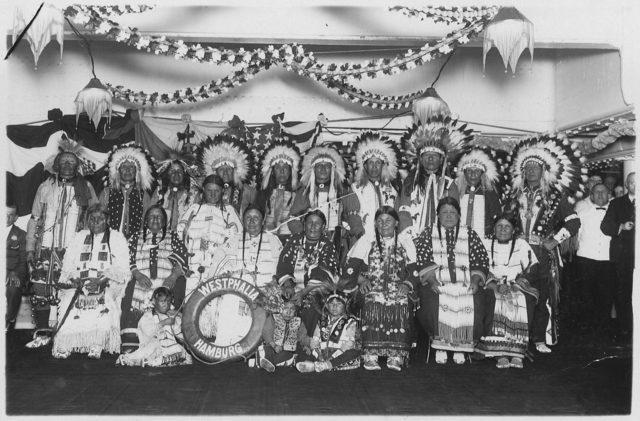
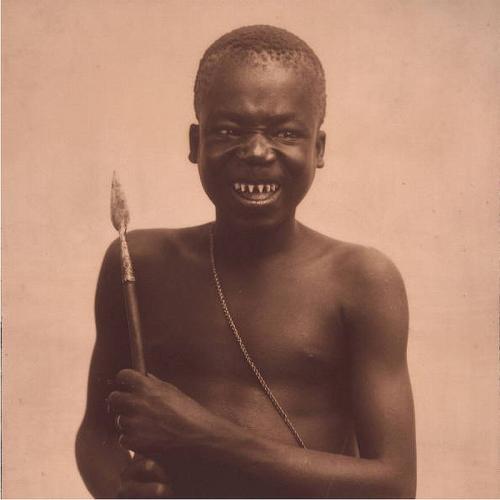
Human zoo exhibits grew in popularity during the 1870s. Most major cities throughout Europe including Paris, London, Antwerp, Barcelona, Milan, and New York City exhibited humans.
A German early zoo founder and exotic animal dealer, Carl Hagenbeck, procured several Nubians, a group of people who originated in modern-day Sudan and Egypt, along with a group of Labrador Inuit, natives of Northeastern Canada. During the 1870s, Hagenbeck exhibited these people in his German zoo Tierpark Hagenbeck as “savages in a natural state.”
The 1904 St. Louis World’s Fair featured exhibits of American Native Apaches and Philippian Native Igorot until the deaths of all of the Igorot of smallpox, in order to show natives of newly acquired territories of the Philippines, Guam, and Puerto Rico.
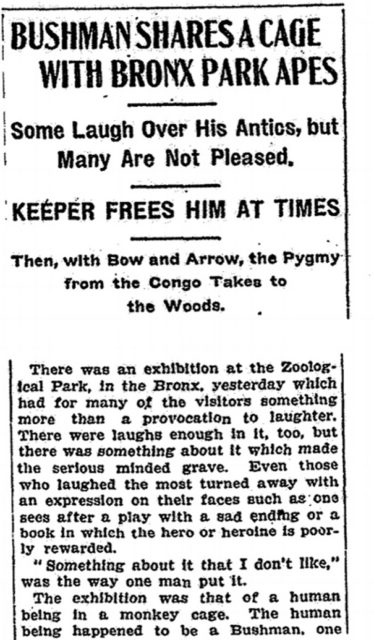
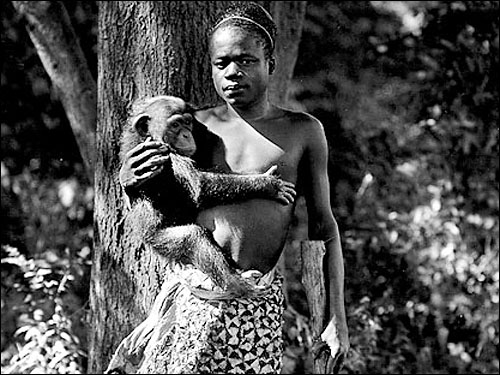
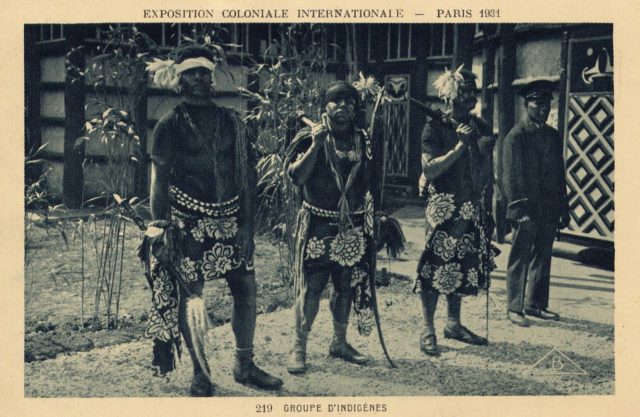
In 1906, when Attorney Madison Grant, head of the New York Zoological Society, presented Congolese pygmy Ota Benga in the same cage in which monkeys were kept, African Americans began to object. While large crowds came to the zoo to see Benga cavort with monkeys, weave and put on marksmanship shows, Rev. James H. Gordon, superintendent of the Howard Colored Orphan Asylum in Brooklyn objected by stating, “Our race, we think, is depressed enough, without exhibiting one of us with the apes. We think we are worthy of being considered human beings, with souls.”
New York mayor George McClellan Jr, with the support of William Temple Hornaday, the director of the zoo, refused to acknowledge Rev. Gordon’s objections. The scandal culminated with the suicide of Ota Benga. Grant later authored Beasts and men: Being Carl Hagenbeck’s experiences for half a century among wild animals, and co-authored The Passing of the Great Race with Hornaday. Both publications were extraordinarily racist by today’s standards and the latter title objected to Rev. Gordon’s perceived audacity in attempting to dictate policy or ask for respect from white men.
